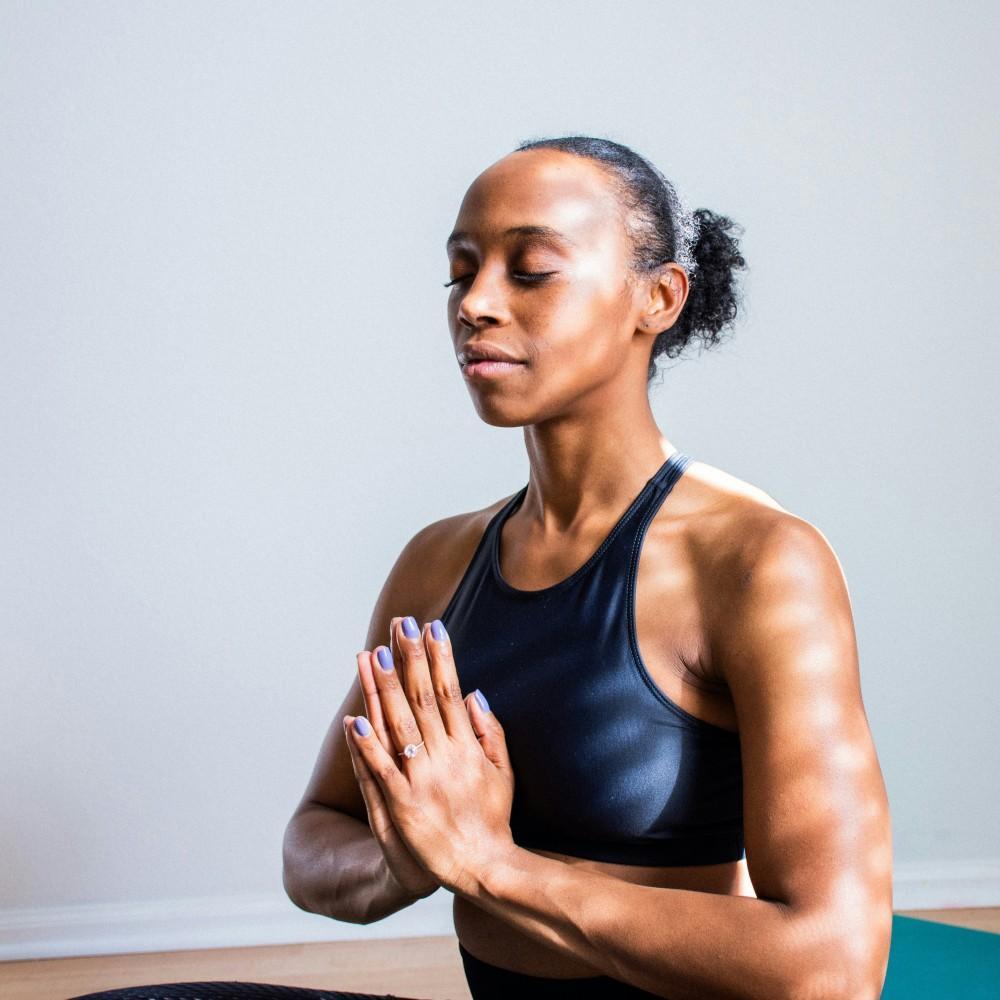
Is my Shoulder Separated?

Is my Shoulder Separated?
Shoulder separation is an injury to the ligament between the shoulder blade and collarbone. Whereas shoulder dislocation occurs when the top of the arm bone loses contact with the socket of the shoulder blade.
Shoulder separation is an injury to the acromioclavicular joint on the top of the shoulder. The shoulder joint is formed at the junction of three bones: the collarbone (clavicle), the shoulder blade (scapula), and the arm bone (humerus). The scapula and clavicle form the socket of the joint, and the humerus has a round head that fits within this socket.
Shoulder separation occurs when the clavicle and scapula come together. The end of the scapula is called the acromion, and the joint between this part of the scapula and the clavicle is called the acromioclavicular joint. When this joint is disrupted, it is called shoulder separation. Another name for this injury is an acromioclavicular joint separation or AC separation.
How does a shoulder separation occur?
Shoulder separation is almost always the result of a sudden, traumatic event that can be attributed to a specific incident or action. The two most common descriptions of a shoulder separation are either a direct blow to the shoulder (often seen in football, rugby, or hockey), or a fall onto an outstretched hand (commonly seen after falling off a bicycle or horse).
What are the symptoms of shoulder separation?
Pain is the most common symptom of a separated shoulder and is usually severe at the time of injury. Evidence of traumatic injury to the shoulder, such as swelling and bruising, is also commonly found.
The diagnosis of shoulder separation is often quite apparent from hearing a story that is typical of this injury, and a simple physical examination. An x-ray should be performed to ensure there is no fracture of these bones. If the diagnosis is unclear, an X-ray while holding a weight in your hand may be helpful. When this type of X-ray is performed, the force of the weight will accentuate any shoulder joint instability and better show the effects of the separated shoulder.
Separated shoulders are graded according to the severity of the injury and the position of the displaced bones. Shoulder separations are graded from type I to VI:
- Type I Shoulder Separation:
- A type I shoulder separation is an injury to the capsule that surrounds the AC joint. The bones are not out of position and the primary symptom is pain.
- Type II Shoulder Separation:
- A type II shoulder separation involves an injury to the AC joint capsule as well as one of the important ligaments that stabilize the clavicle. This ligament, the coracoclavicular ligament, is partially torn. Patients with a type II separated shoulder may have a small bump over the injury.
- Type III Shoulder Separation:
- A type III shoulder separation involves the same type of injury as a type II separated shoulder, but the injury is more significant. These patients usually have a large bump over the injured AC joint.
- Type IV Shoulder Separation:
- A type IV shoulder separation is an unusual injury where the clavicle is pushed behind the AC joint.
- Type V Shoulder Separation
- A type V shoulder separation is an exaggerated type III injury. In this type of separated shoulder, the muscle above the AC joint is punctured by the end of the clavicle causing a significant bump over the injury.
- Type VI Shoulder Separation
- A type VI shoulder separation is also exceedingly rare. In this type of injury, the clavicle is pushed downwards and becomes lodged below the coracoid (part of the scapula).
Treatment of a separated shoulder depends on the type of injury:
The initial treatment of a separated shoulder consists of controlling the inflammation and resting the joint. The early steps of treatment should consist of:
- Icing the Injury
- The inflammation from a separated shoulder can be controlled with ice placed on the joint every four hours for a period of 15 minutes. Icing can be done for the first several days until the swelling around the joint has subsided.
- Rest the AC Joint
- A sling to rest the joint can be worn until the pain has subsided and you can begin some simple exercises. Resting the joint will help minimize painful symptoms and allow healing to begin.
- Anti-Inflammatory Medication
- Anti-inflammatory medication will also help to minimize pain and inflammation – check with your doctor before using these medications.
Type I and Type II shoulder separations are by far the most common types of a separated shoulder, and these types of injuries rarely need surgery – and only if there are problems with non-operative treatments.
Whatever is required depends on the type of shoulder separation injury, and that is why it is important to have a team of doctors that is able to identify the exact type. At BBC Health, we know how to identify, treat, or refer in the proper direction for shoulder separation injuries.
You Might Also Enjoy...


How You Can Prevent Injuries

Rediscover Comfort: Exceptional Physical Medicine & Chiropractic Care at BBC Health Lewisville

Chiropractic Care During Pregnancy: A Safe Path to Comfort and Natural Delivery

BBC Health in Lewisville: Serving Veterans and Their Families with CHAMPVA



